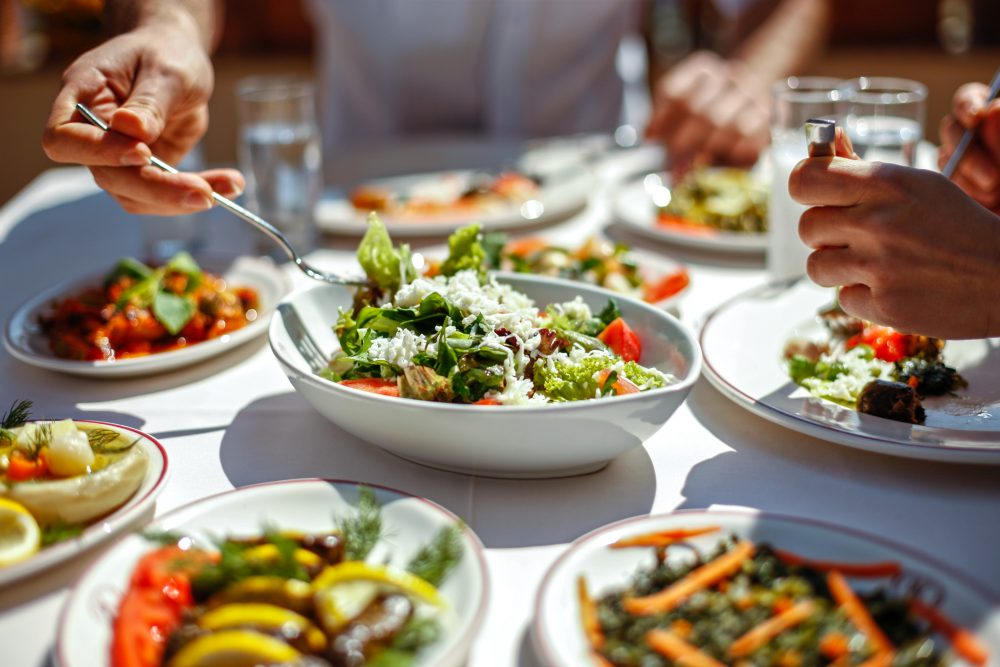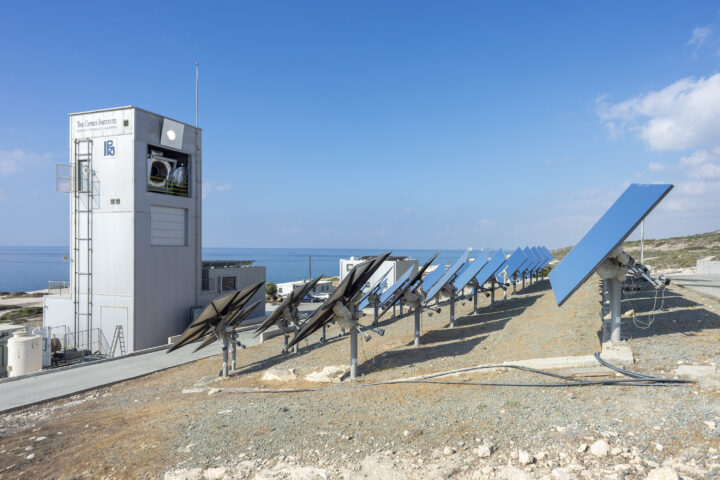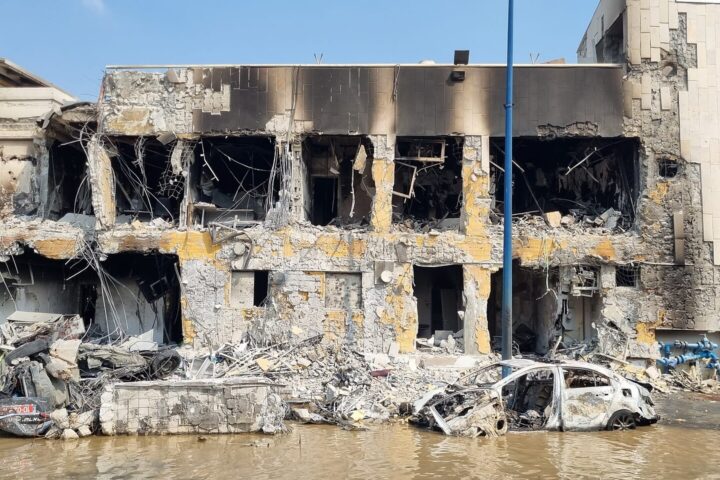The summer holiday season is in full swing, and I thought of side-tracking a bit, following the season’s most popular sport – eating out.
This sector is indirectly related to real estate matters as it helps towards a locality’s attraction and by projection the conformity of living in an area.
I’ve had the opportunity to visit many middle-cost restaurants, usually tavernas and others. I was amazed to note the diversity of the food quality, prices and service.
I will restrict myself to the Famagusta/ Protaras/ Ayia Napa area:
- Souvlakia restaurants (kebab) and meze food in general. I noted two establishments across the street from each other in Protaras. One is almost full, hosting parties and having repeat clients; the other barely make ends meet – Why?
- I also noted three mainly steakhouses close to each other in Protaras, one requiring 2 weeks reservation time (!) and the others practically empty.
- There is a Mexican restaurant in Ayia Napa requiring “friends” to intervene for a reservation with three seatings and the others empty (one at Ayia Napa and another at Protaras).
- Fish meze taverns – Three similar beach establishments at Protaras: one full up, one-half full and the third practically non-existent, with a similar situation at Ayia Napa and the Potamos area.
- Homemade food –moussakas, keftedes (meatballs), cannelloni, lamb meat (clay) oven, stuffed wine leaves. A rarity but much liked by foreign visitors and locals. Unfortunately, I found only one decent establishment.
- Italian food – Popular worldwide. Yet four have closed down in recent years, another is doing reasonably well, and there is a standing waiting queue on the pavement for the third.
- Take-away – All sorts of quality and efficiency. Yet some are doing extremely well (“I work three months a year, and it is enough for me”).
- Alcohol overcharges – The usual charge is 3-4 times the shelf cost, whereas some restaurants and hotels charge much more (including some hotels going as high as seven times).
Is there a golden rule on how such establishments can be successful?
I think it is a combination of many factors, and I set them out in order of priority.
- Managers and waiters of the worst kind. This job is not for amateurs but for professional people who know what they are doing. This is a personal service, and having an indifferent manager with no personality to run the restaurant is not the best. Waiters are also important. A smiling waiter and an efficient one make all the difference for a happy and enjoyable meal. Coming back to the Italian restaurant with its queuing customers, the owner employs young university students from Salonika. One feels “young” surrounded by such smiling and accommodating people.
- The quality of food and, without question, the cook are the most important, but if one is serving grilled food, there is a large difference between real charcoal and volcanic stone/hot plates. The latter is tasteless and all the worst.
- Is the restaurant management up to it? Going around the tables asking if everything isokay and offering a complimentary shot of zivania at the end or a local sweet is most appreciated. This is what I have seen most often in Crete, which accommodates more tourists in summer than the total visiting Cyprus in a year!
- We have some very good local quality wine, and the overcharges work against the restaurants, the producers and Cyprus, as these are not consumed enough.
- Does a family restaurant have areas for children? The parents appreciate an ice-cream bar and a balloon free of charge for the children. A well-known coffee shop chain in Nicosia copying the McDonald’s model has fenced off 80 sqm of its yard to be used free for the children’s enjoyment. The business has doubled.
- Do not have the staff standing outside the entrance. It happens mainly in the Paphos area. It puts off people, as do the various posters with pictures on the pavement.
- Fish as a meze is expensive, but it is affordable if you ask for a standard meze. Large fish on charcoal is the most expensive unless you can afford it.
- If a guest asks for a coffee after the bill is issued, do not charge them. They will become a repeater to pay off the “debt”.
- Location – Very important, but certain out-of-the-way places are fuller than those within the central tourist areas. Sotira, Dherynia, 15-25 minutes drive from the Protaras-Ayia Napa area, are most popular due to their excellent quality and reasonable prices.
- Equipment – A professionally-run restaurant must have the proper (and expensive) equipment to run. Defrosting in a microwave is a disaster. Professional equipment is required, and it shows in the food quality served.
- Certain establishments provide huge menus considering that the variety is a must and a plus. Wrong, keep serving what you are best at, do them in small quantities, and there is no embarrassment to say that “we have run out” – better than warming up a cooked dish from the day before.
- Salads – Do not underestimate the value of a fresh salad. Tomatoes, cucumbers, lettuce, and seasonal greens smell fresh and are an attraction by themselves, even for Cypriots. One of the Sotira establishments has a vegetable garden next door. It makes a huge difference if cut in the morning and served later instead of being kept in the fridge for 2-3 days.
Last week we visited a place where the manager told us he had no fruit left to offer, but he could pick figs from the garden next door.
We all went to pick the figs, adding to the full enjoyment of lunching. What a day!
The lack of staff is a major issue, with the most successful restaurants being family-run, from 16 to the grandparents.
In one packed establishment, the owner said, “yes, there is an empty shop next door, but I do not have the staff to run it”.
The average price for a tavern restaurant last year was €20 p.p., and now it is €25 p.p. whereas for the “quality restaurants”, the cost of €30/per person last year has already reached €40/per person.
Time to eat at home?
By Antonis Loizou– Real Estate Valuer, Estate Agent & Property Consultant










